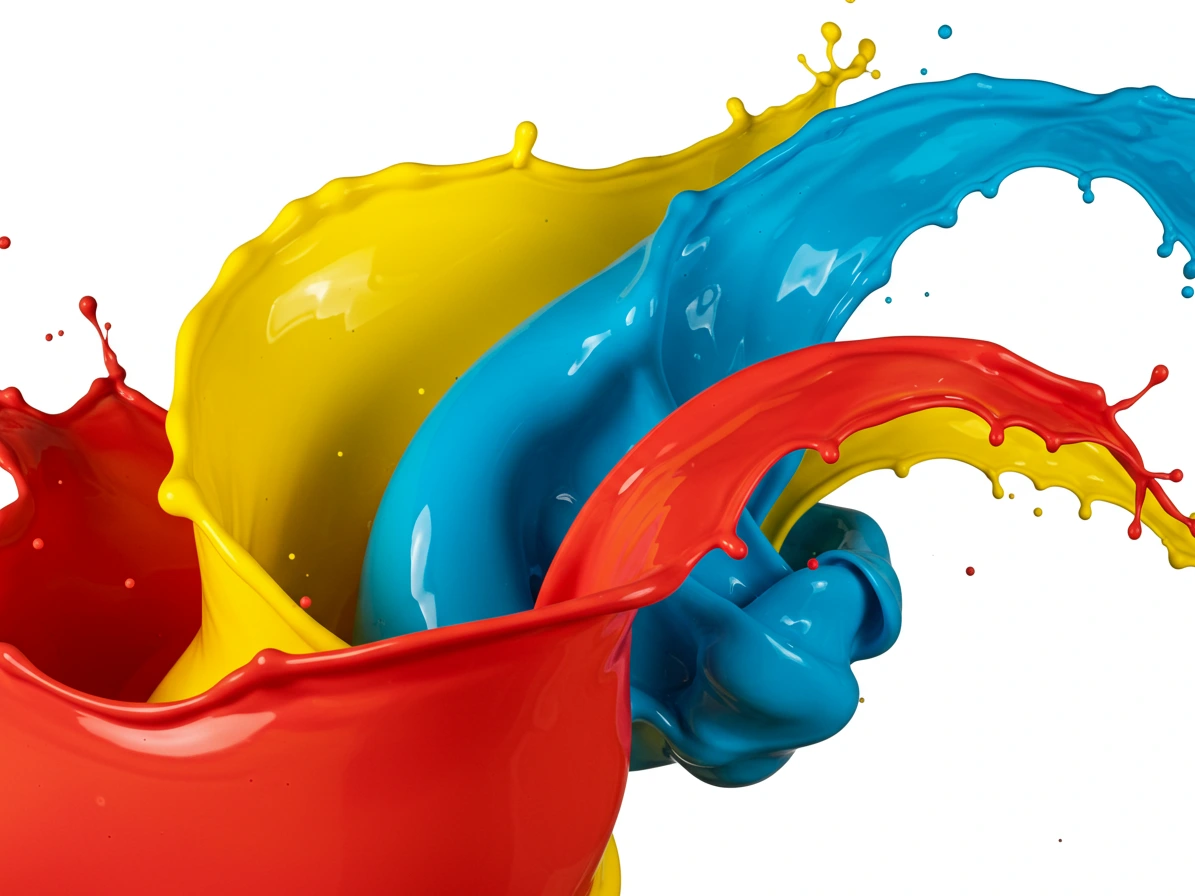What Makes Acrylic Paints Ideal for Painting in 2025

Acrylic paint is like a superpower for artists—it’s bright, easy to use, and lets you create whatever you imagine. Whether you’re curious about what it is, amazed by famous paintings, or itching to try it yourself, this guide is for you. We’ll break down acrylic paints basics, examples of cool artworks done with acrylic paints (including some Kenyan vibes), and list the stuff you need to start painting. Let’s jump in!
What’s Acrylic Paint All About?
Acrylic paints are water-based paint made by mixing color (pigment) with a special plastic-like liquid (acrylic polymer). It’s been around since the 1950s and artists love it because it dries super fast and lasts a long time. You can make it runny like watercolor by adding water or pile it on thick like oil paint for bold looks. It sticks to a lot of things—canvas, wood, paper, even glass if you prepare it right. While it’s wet, you clean it with soap and water (It doesn’t stick!). Once it dries, it’s waterproof and tough. For art-crazy fans, acrylics are awesome because they’re simple to start with but can do so much.
Famous Acrylic Artworks: Worldwide and Kenyan Examples
Acrylics are amazing in modern art, especially since the 1950s. Here are some famous pieces—and why Kenyan artists vibe with them:
- David Hockney’s “A Bigger Splash” (1967): This painting shows a splash in a pool with bright, flat colors—like a photo frozen in time.
- Roy Lichtenstein’s “Whaam!” (1963): It’s like a comic book explosion, with sharp lines and loud colors. It’s got that storytelling feel—like the tales your grandma tells or the wild designs on matatus.
- Michael Armitage’s “Curfew (Likoni March 27, 2020)”: This Kenyan artist painted a quiet Likoni street during the 2020 lockdowns with acrylics. If you remember those weird, empty days, this hits close to home—super real and kinda intense.
- Peterson Kamwathi’s Everyday Life: Another Kenyan, Kamwathi paints stuff like cattle herders or busy cities. It’s like seeing Maasai vibes or Nairobi’s growth on canvas—stuff you know.
- Boniface Maina’s Real Stories: Maina uses acrylics to show street vendors and tough, everyday moments. It’s the kind of hustle you spot in Kisumu or Eldoret, painted in a way that feels alive.
These artworks prove acrylics can do big, bold things or tell stories you totally get.
What You Need to Start Your Acrylic Painting
Want to paint with acrylics? Here’s the gear to grab—simple for beginners, with extras if you’re leveling up. It’s all stuff you can find or afford, even in Kenya.
The Basic Acrylic Paints Kit You Can’t Skip
- Acrylic Paints: Get a small set (6-12 tubes)—red, blue, yellow, white, and black to start. Brands like Liquitex Basics or Daler Rowney System3 are cheap and good. Mix colors yourself to save cash and look pro.
- Brushes: Pick synthetic ones (not animal hair)—flat for big areas, round for tiny details, and filbert for smooth blending. Sizes #2, #6, and #10 are perfect to play with.
- Something to Paint On: Grab a pre-stretched canvas or board (around 12×16 inches or A3 size). Thick paper, wood, or even cardboard work too—just slap on some gesso (a white primer) first.
- Palette: Use a plastic palette, an old plate, or wax paper to mix paint. A wet sponge underneath keeps it from drying too fast.
- Water and Cleanup: Two cups (one for clean water, one for dirty) and rags or paper towels to wipe brushes and fix oopsies.
Next-Level Stuff
- Mixing Helpers: Try matte or gloss mediums to change how shiny it looks, flow improver to make it runny, or retarder to slow drying—great if it’s hot out.
- Cool Tools: A palette knife for chunky textures, a skinny liner brush for lines, or an easel to hold your canvas steady.
- Stay Clean: Wear an old shirt or apron and lay down newspaper so you don’t mess up your space.
Quick Tips
In Kenya, a starter kit might cost 2,000-5,000 KSh at our online at supply shop. Keep paints closed tight and wash brushes fast—acrylic dries quick and sticks forever. Paint where there’s light and a breeze, and you’re good to go.
Acrylics are like your best art buddy—easy to start, fun to mess with, and they grow with you. They’ve been in famous paintings and Kenyan stories, showing they can do anything. Whether you’re dreaming of a Nairobi skyline or a chill beach scene, acrylics let you make it real. They’re not fussy, they’re colorful, and they’re ready when you are.
